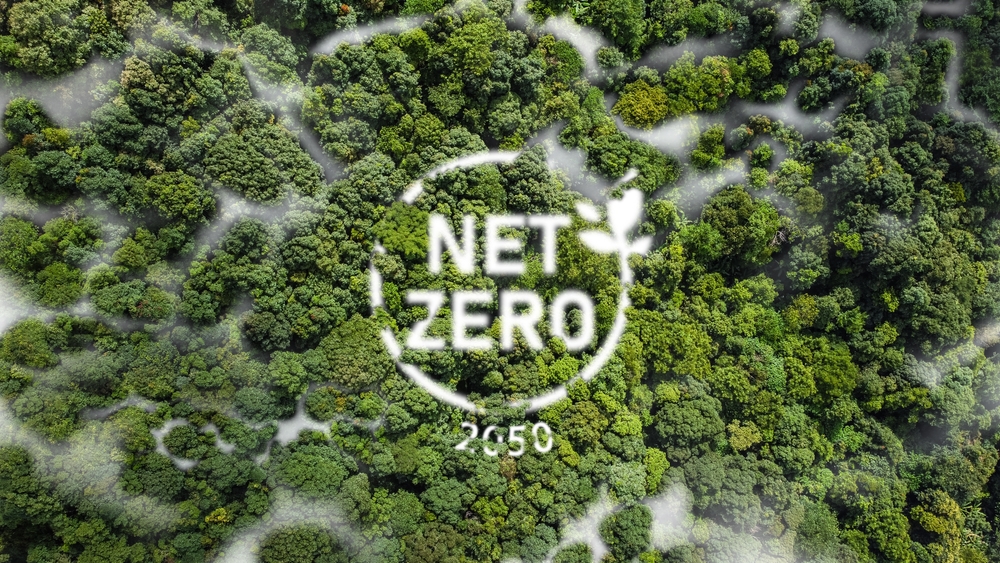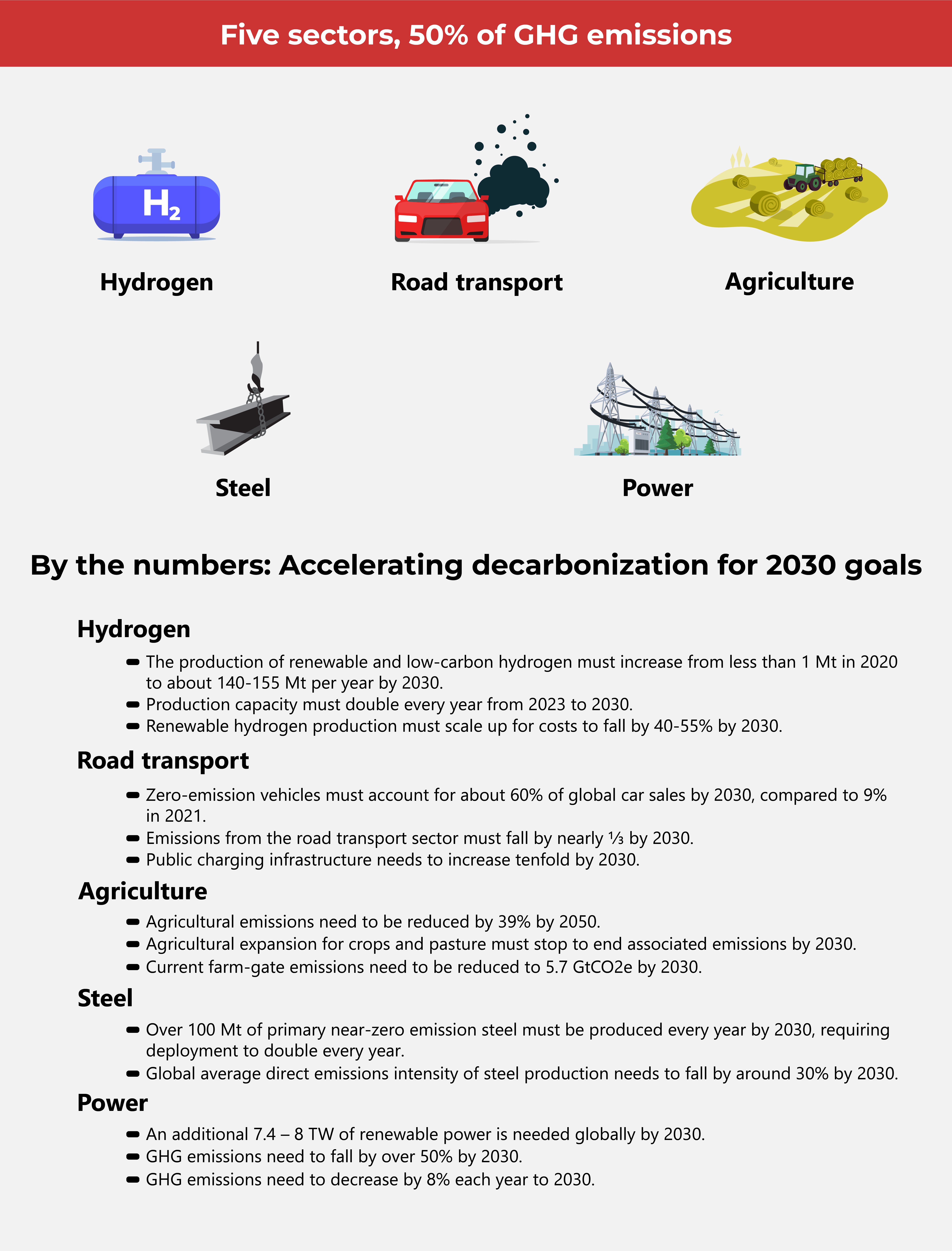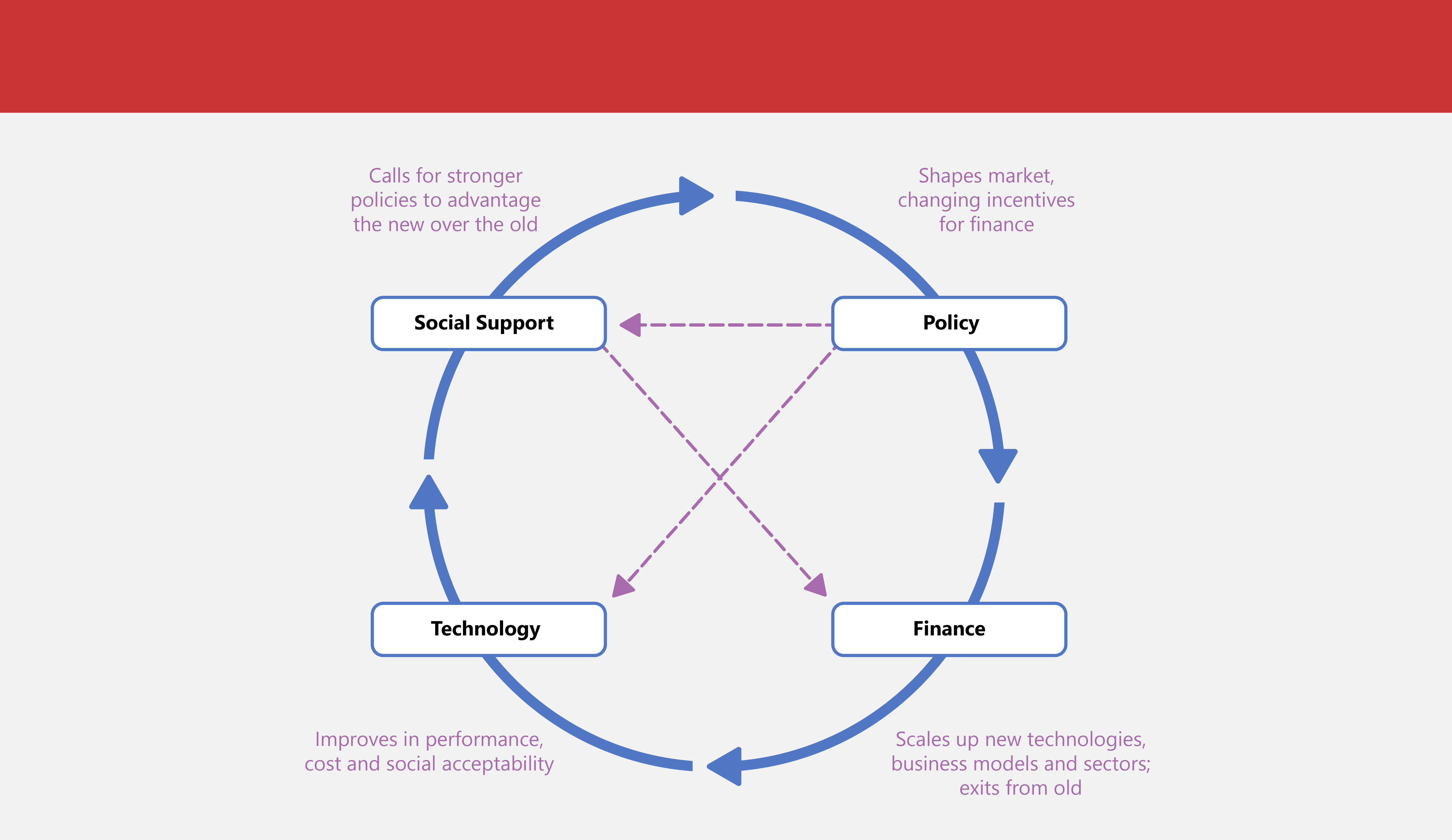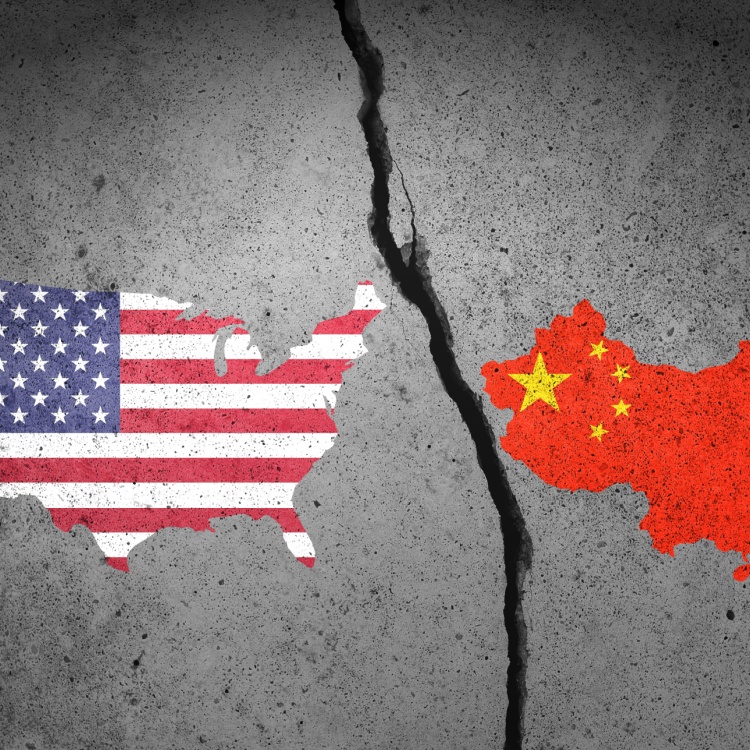It’s a Small Net-Zero World

Many first-world nations have made pledges to work towards net-zero goals by 2050. But can these noble goals be met without collaboration between these—and other—nations?
We may share one world, but international collaboration in the race to net zero is sorely lacking—and that could spell disaster for every person on this planet.
In this article, know what numbers are needed in five heavy-emitting sectors to limit global warming to 1.5℃. Learn what experts believe are the reasons behind the lack of international coordination and collaboration to cool our planet—reasons rooted in our world's history, economy, and politics. Find out what experts recommend to accelerate the transition to a prosperous zero-carbon future for our planet.
Climate change in a world of inequality
One would think that getting all governments and businesses to accelerate decarbonization and make net zero a reality by 2030 would be an easy sell. We live in one world filled with breathtaking vistas, fascinating wildlife, fragile ecosystems, and endangered species. The environmental movement traces its roots as far back as the late 1800s in Europe, a response to the Industrial Revolution. Generations later, many are heeding the call of these pioneers. And every day, we experience—or read about—extreme weather events happening all over the world.
Global warming is upon us. And yet, some nations and industries are slow to make a cool change. Why? Experts from two think tanks, Carnegie Europe and the World Affairs Council of Greater Houston discuss several reasons for this.
Writing for the World Affairs Council of Greater Houston, Viridiana Otamendi attributes the deterioration of the environmental movement to several factors: vast cultural differences, conflict of interests, competition between economies, infrastructure discrepancies, and a lack of information.
Climate change is an existential and security threat for everyone, but it does not affect all countries in the same way. Developing countries in the Global South bear the brunt of climate change impacts, enduring strong typhoons, floods, heatwaves, and rising sea levels. But when you take historical carbon dioxide emissions into account, it is the industrialized and post-industrialized nations in the Global North that have contributed the most to greenhouse gas emissions.
Historically, the United States has emitted more greenhouse gases than any country to date with 25 percent. Responsible for 22 percent of global carbon dioxide emissions, the European Union (plus the United Kingdom) takes second place. In contrast, China’s historical contributions are about 12.7 percent, while India and the African countries contributed 3 percent each.
“Equity concerns essentially stem from the asymmetry between countries’ emissions and their respective burdens to respond to climate change (including the costs of emissions mitigation, adaptation, and other impacts and risks),” Sinan Ülgen of Carnegie Europe explains.
Ülgen also points to the contrast between past and future emissions as another barrier to climate negotiations. Countries greatly responsible for a majority of historical emissions are now implementing greener policies, while emissions from developing nations are increasing.
“These differences coupled with the immediacy of the effects of climate change also shape the diplomatic groups engaging in multilateral climate negotiations,” says Ülgen. “Less developed economies and small island nations, which are already facing the existential threat of climate change, are demanding immediate answers from post-industrialized and developing countries alike.”
A person scrambling for money to feed his family will put saving the environment at the bottom of his to-do list; the same can be said about governments. As we transition to net zero, sustaining economic stability and prosperity for all countries is critical. What global targets must we meet, and what strategies and policies should we adopt to make net zero a win-win for everyone?
By the numbers: Accelerating decarbonization for 2030 goals
At the UN Climate Change Conference COP26 last November 2021, 45 world leaders asked the International Energy Agency (IEA), International Renewable Energy Agency (IRENA), and the UN Climate Change High-Level Champions to develop an annual Breakthrough Agenda Report. Released last September, the report gives expert recommendations to strengthen the collaboration among nations to achieve international climate goals.
The report also evaluates the progress in reducing emissions in five sectors: power, hydrogen, steel, road transport, and agriculture. These five sectors are responsible for more than half of global greenhouse gas emissions, which have now reached almost 60 GtCO2e. Accelerating decarbonization in these sectors could help us get closer to 2030 net-zero goals.

Working together: bold government policies and private sector leadership
"Without strong international collaboration, achieving a resilient net zero emission global economy by around mid-century is likely to be unachievable," warns the authors of The Breakthrough Agenda 2022 Report.
To reach these goals, The Breakthrough Agenda 2022 Report recommends policy interventions at each stage of the transition:
- funding research and development
- reform of market structures
- investment in new infrastructure
- support for workers and communities to attain new skills and opportunities
The Breakthrough Agenda 2022 Report also highlights how mutual supporting actions between policy, finance, technology, and support can “create an ‘ambition loop’ for technology development and deployment” that funds clean technologies, pushes innovation, improves the performance and cost of technologies, and provides social support for transitions.

“Action by governments and businesses individually is necessary, but not sufficient. Well-targeted international collaboration can make low carbon transitions faster, less difficult, and lower cost,” says the authors of The Breakthrough Agenda 2022 Report.
“By aligning and coordinating actions internationally, countries and businesses can accelerate innovation, create stronger signals for investment and larger economies of scale, and establish level playing fields, where needed, to ensure that competition is a driver of the transition, and not a brake,” the report continued.
International collaboration could not only stave off global warming but do so while increasing the economic gains of transitioning to net zero. The question is: Will we set aside our differences in culture and affluence to save the only world we have?
As one of the Top 19 EMS companies in the world, IMI has over 40 years of experience in providing electronics manufacturing and technology solutions.
We are ready to support your business on a global scale.
Our proven technical expertise, worldwide reach, and vast experience in high-growth and emerging markets make us the ideal global manufacturing solutions partner.
Let's work together to build our future today.
Other Blog



